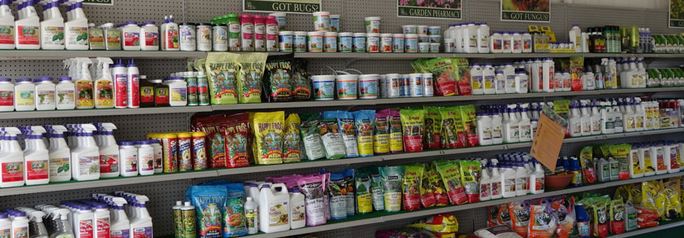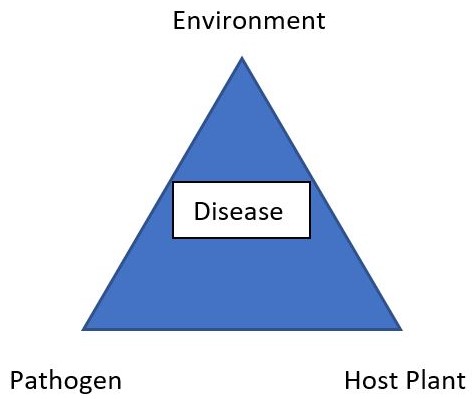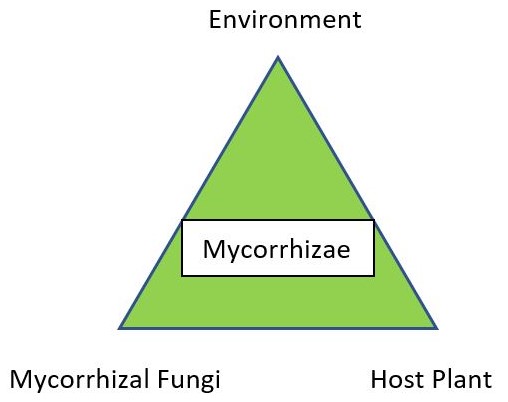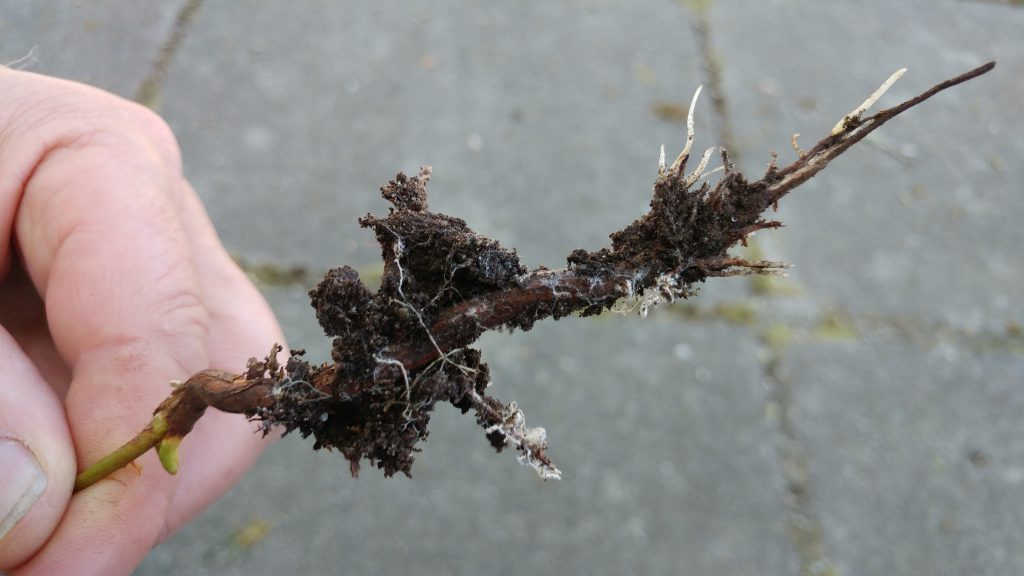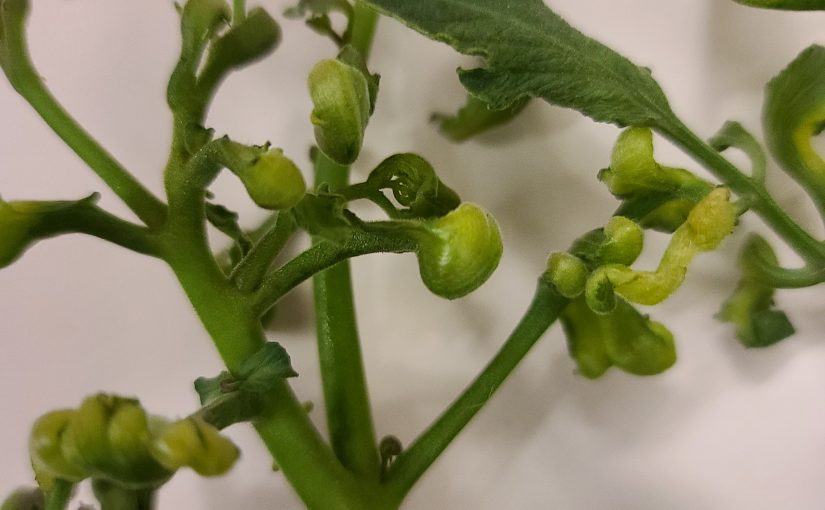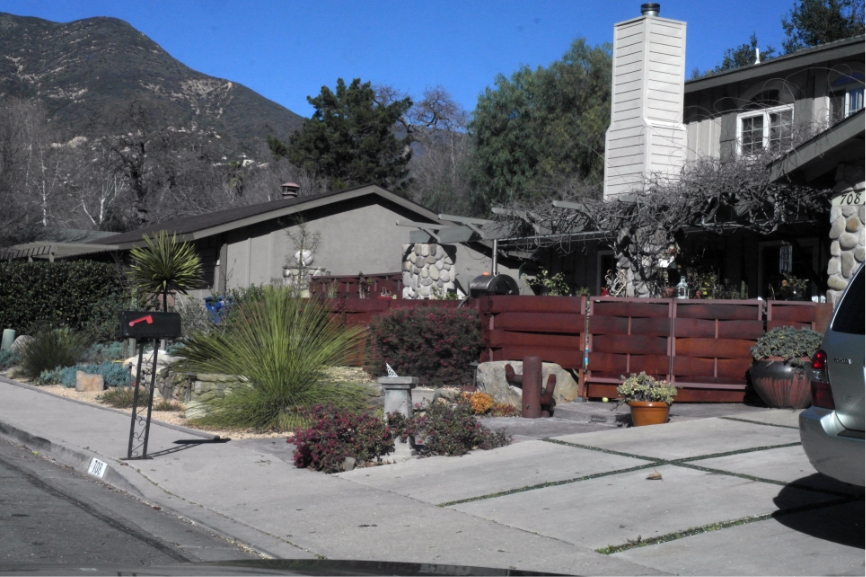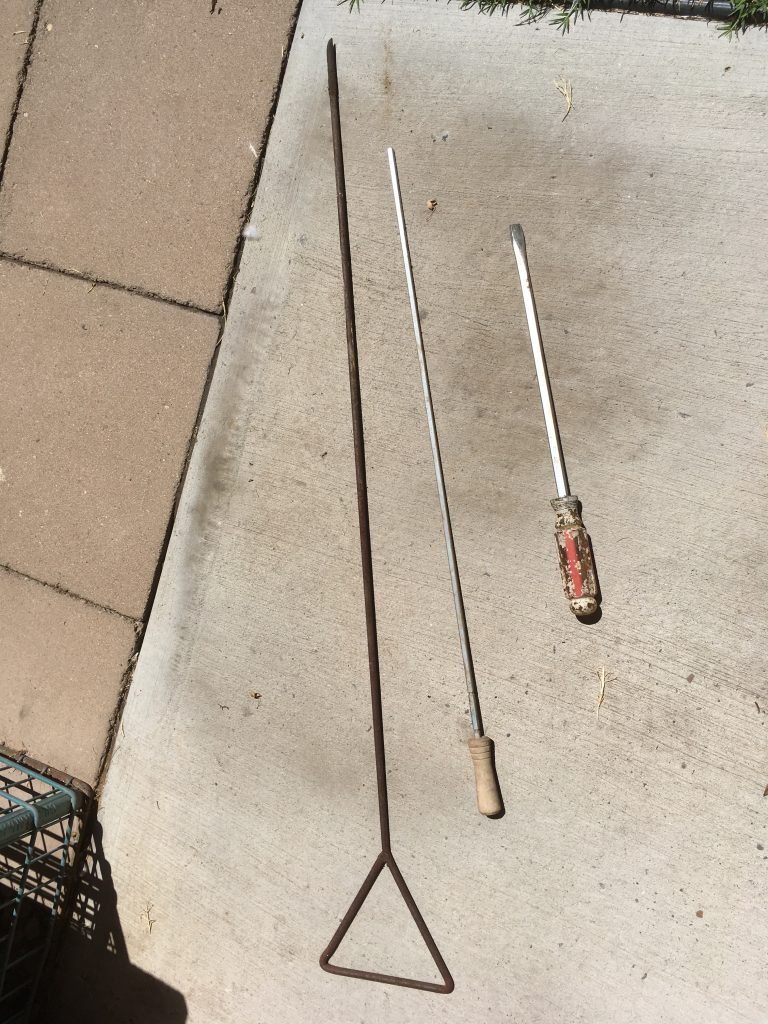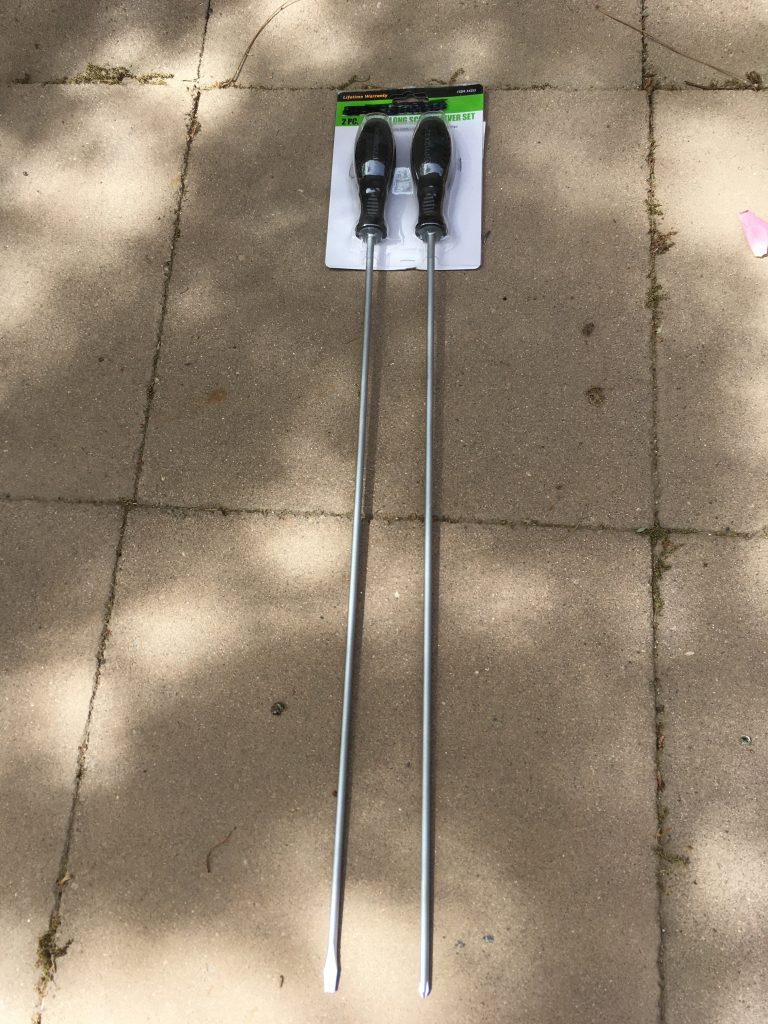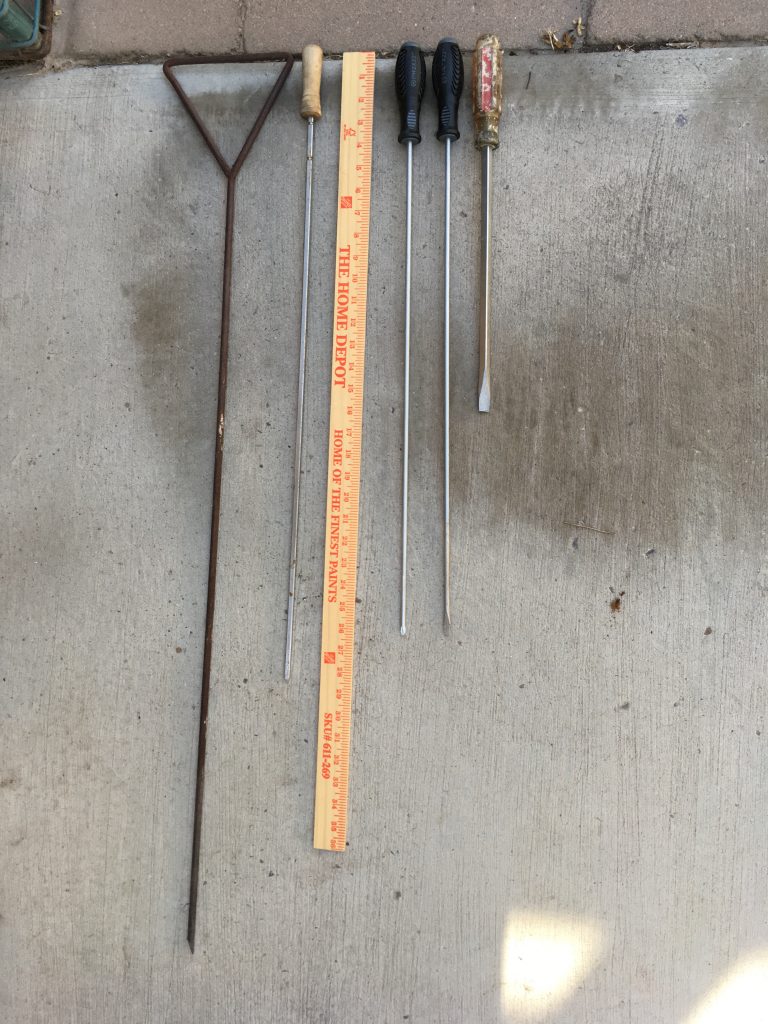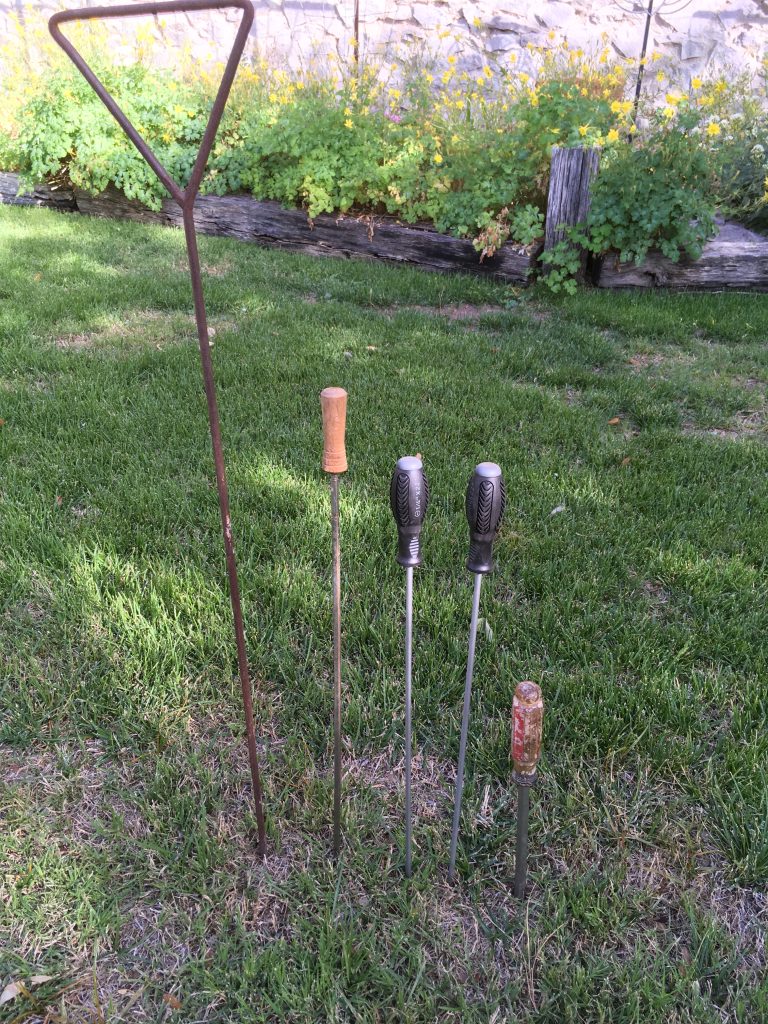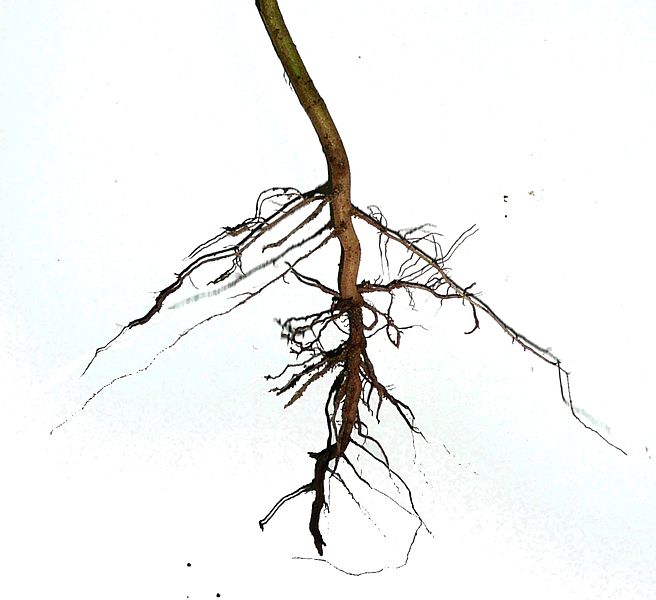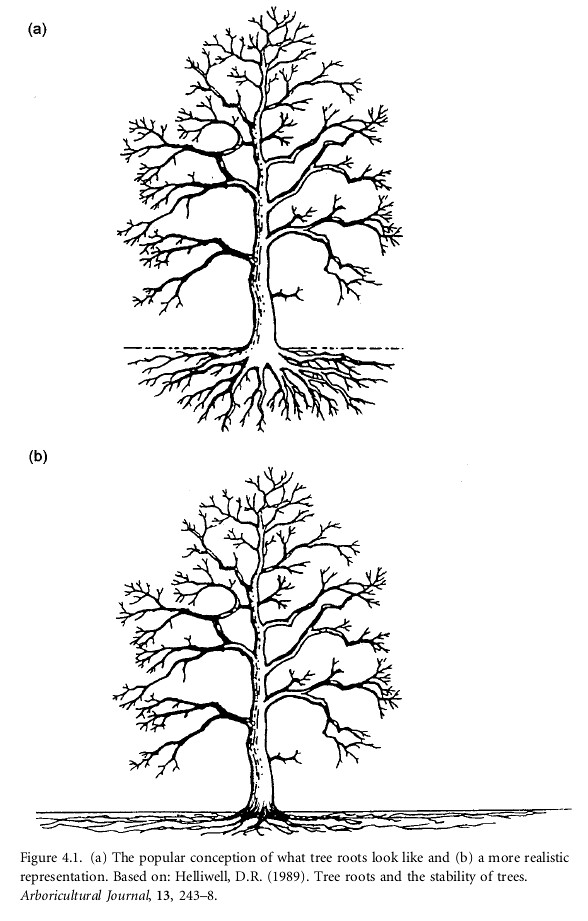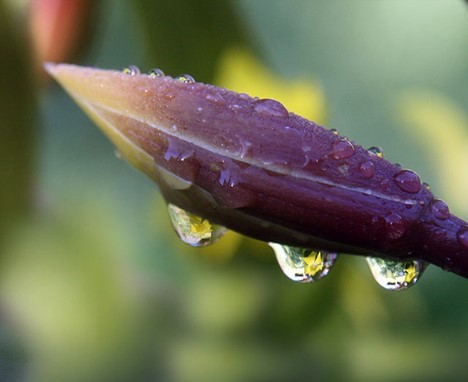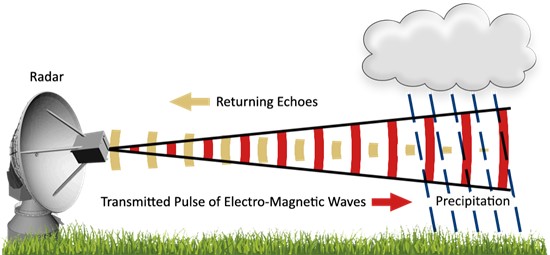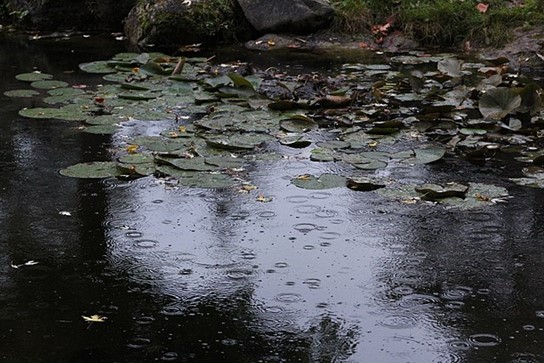How do you plan your work in your garden? One of the things that is most likely to affect what you do is rainfall. But how do you know when and how much rain is likely to fall? One way to get an idea of the possibility of rain is to look at something called “Probability of Precipitation”, or as we call it, “PoP”. How often have you heard someone say that the weatherman (or woman) was wrong because they predicted 30 percent chance of rain and they did not get anything? Or someone else says there was only a 10 percent chance of rain and they got flooded? If you understand how these forecasts are made, it might help you plan your outdoor activities, including your garden work and when you water.

How is “PoP” defined?
According to the National Weather Service (NWS):
PoP = C x A where “C” = the confidence that precipitation will occur somewhere in the forecast area, and where “A” = the percent of the area that will receive measurable precipitation, if it occurs at all. The forecast is what we call a “conditional” forecast—that means it depends on two different things, one of which requires the other to occur. It’s important to keep in mind that these forecasts are made for a particular period of time (often 12 hours) and for a particular area (the forecast zone). The first part of the calculation is whether or not it will rain at all anywhere in the forecast zone during the time that the forecast covers. The second is how much of the forecast zone will be hit by precipitation sometime during the forecast period.
How likely is it that precipitation will occur?
The first part of the equation above, “C”, is whether rain will occur or not in the forecast zone during the forecast period. Sometimes that is easy to determine if a big high-pressure center is over the area and no rain is expected anywhere in the region. That means that the first part of the equation is zero, and so the PoP forecast would be zero. If a strong front is moving through your area or a tropical storm is headed your way, the probability of rain somewhere in the area is probably close to 100%. But often, the likelihood of rain is not so clear. What if you are not sure about the timing of the front or the tropical storm? If it moves slower than expected, it might not make it to the forecast area before the clock ends for that forecast period. Or if you are not sure the conditions are going to be right for a rain shower to occur, then you might or not get precipitation, depending on the actual conditions. Then C becomes something between 0 percent and 100 percent, depending on how much you trust the computer models that produce the forecasts.

NWS radar image for June 26, 2021, at 4:28 pm ET. The arrow shows the direction of motion of the storms.
How much area will be covered by the storms if it does rain?
As I am writing this, it is raining at my house just southeast of Athens, GA (you can see the tiny yellow splotch on the radar map above). Sometimes it is clear that rain will cover the entire forecast area during the forecast period. But most of the time, we think it will rain in parts of the forecast area, but it will be “hit or miss” rainfall from discrete storms, not widespread coverage. The second part of the equation, A, is the forecaster’s estimate of how much of the area will be hit by rain sometime during the forecast period. It’s not as easy as you think, because those storms are moving, and they cover more of the region than you might expect. In my research I have found that often the PoP forecast is too low, and that rain as estimated by radar covers a wider area than you might expect based on the forecast. Fortunately, the NWS does provide radar estimates of precipitation that are calibrated by actual ground-truth rainfall data. The map below shows the 24-hour rainfall ending on the morning of June 27, 2021, including the rain you see in the maps above. For my CoCoRaHS rain gauge, the 0.05 inches I got correspond quite well to the light blue on the map.

Where do you get PoP forecasts?
So where do you get PoP forecasts and how do you use them? Most meteorologists provide PoP forecasts on their broadcasts or written forecasts. I tend to use the similar Precipitation Potential from the NWS hourly forecasts because they go six days out, which allows a longer planning horizon. You can see a simplified example of a forecast graph below. The “Rain” categories of Slight Chance, Chance, Likely, and Occasional correspond to Precipitation Potentials of roughly 5-25%, 25-50%, 50-75%, and 75-100%. The amount of rain in inches is shown superimposed on the bars, so you get an estimate of how wet it will be in that time period. You can find instructions for how to get your own hourly forecasts at my blog.
The hourly graph allows me to plan well ahead of whatever outdoor activity I am doing. The forecasts show hour by hour how likely precipitation is, including the chance of thunderstorms, and an estimate of how much rain will occur. Keep in mind that the forecasts six days out are not likely to be as accurate as the ones for tomorrow, but they are still useful for planning purposes. Using this information tells me when and how much rain to expect.

How do you use PoP forecasts in your planning?
These forecasts are especially useful for determining when to irrigate or apply insecticides or fertilizers that require specific wet or dry conditions to work properly. If you can see rain will be starting soon, you might choose not to water your garden unless the rain amounts are likely to be small or the chance low. Or maybe you want to mow your lawn now before it gets wet. If you are planning to fertilize and if it needs to be watered in, now might be a great time! If you need to apply a treatment that requires wet leaves to be effective, then you might wait until after the rain is over rather than applying now and seeing the chemical wash away in the storm. These precipitation forecasts can help you make the best use of your time by providing targeted, timely information on when rain will occur and how much is likely to fall when it does.
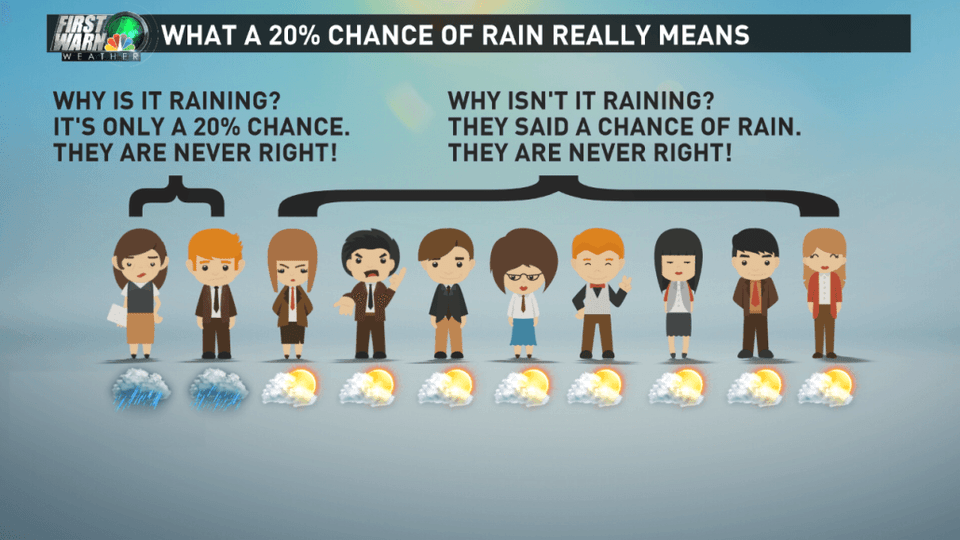
For more information on PoP forecasts, check out ” Do You (Or Your Meteorologist) Understand What 40% Chance of Rain Means?” by Dr. Marshall Shepherd, my colleague at the University of Georgia.

